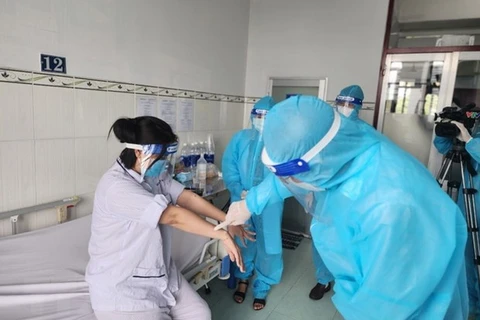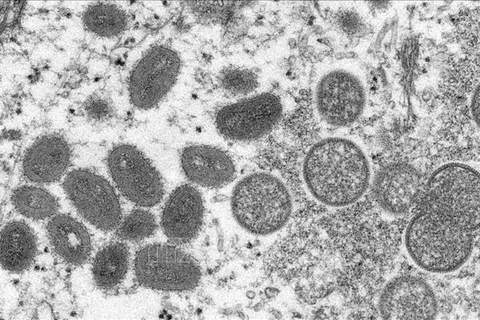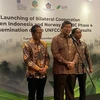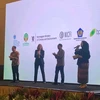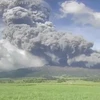 The Lao Ministry of Health issues a notice on September 19, confirming the first case of monkeypox. (Source: VNA)
The Lao Ministry of Health issues a notice on September 19, confirming the first case of monkeypox. (Source: VNA) Vientiane (VNA) – The Lao Ministry of Health issued a notice on September 19, confirming the first case of monkeypox in the country, and asking local residents to keep a close watch on and prevent the spread of the disease.
The first monkeypox was an imported case, according to the notice.
The health departments across the nation are urged to intensify the disease prevention and control work, with focus given to border localities to respond to the disease.
Meanwhile, hospitals and other medical facilities are ordered to report to competent authorities if they detect any patients with fever and spots that look like pimples or blisters.
Besides making sure sufficient facilities and medical materials for the disease detection and prevention work, localities should enhance communications work to raise public awareness of the monkeypox’s danger as well as measure to prevent it.
Monkeypox (Mpox) can spread to people when they come into physical contact with an infected animal. Monkeypox is commonly found in central and west Africa where there are tropical rainforests and where animals that may carry the virus typically live. The World Health Organisation declared the global health emergency for Mpox in July 2022.
Human-to-human transmission can occur via face-to-face exposure, direct physical contact, including sexual contact, or contact with contaminated materials such as clothing or bedding.
The illness begins like many acute viral diseases, with fever, headache, muscle aches, back ache, swollen lymph nodes, extreme fatigue. After one to three days, the patient develops a rash, which often begins on the face, then spreads to other parts of the body.
The rashes then develop into lesions. Lesions can be flat or slightly raised, filled with clear or yellowish fluid, and can then crust, dry up and fall off. Symptoms typically last between two to four weeks and go away on their own without treatment./.
